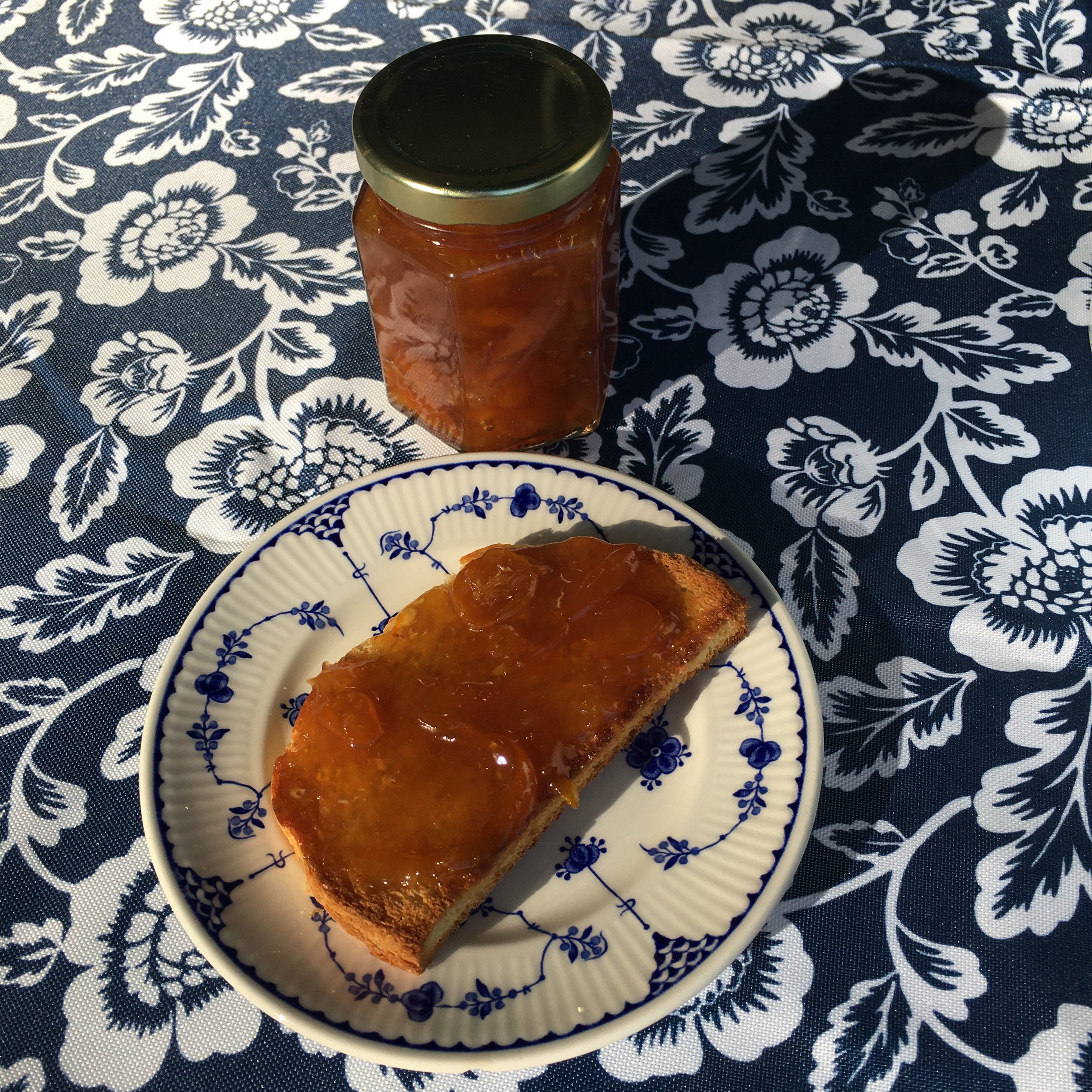No steamer where you’re staying right now? No problem, you can essentially steam your broccoli anyway. This method is super easy and it’s worth doing to conserve more of the nutrients instead of plunging them down the drain. It takes six to seven minutes from start to finish to cook the broccoli this way, depending on the quantity you have (some heads are bigger than others) and the doneness you prefer. The stalks are put at the saucepan bottom because it doesn’t matter if they’re directly in the water: they’re tougher than the florets. The steps are simple:
Cut off long stems and add to the stalk pieces in the pot
If the stalk and stem pieces don’t really fill your pot, consider choosing a smaller pot
Cut up the broccoli stalk, first slicing off the fibrous outer layer and then cutting into small chunks. Place these evenly in the bottom of a saucepan. Only just cover the stalks with water.
Divide the broccoli head into florets of about the same size.
Cut off any long stems and add to the pot, or pile the florets as they are stem-side down in the pot. Aim for even coverage over the stalk chunks. If you have to put the florets in a double layer, you’ll want to move them about with a spoon after a few minutes of cooking, and add a couple of minutes to the cooking time. You might want to sprinkle salt over the florets at this point.
Cover the pot with a lid, bring the water just to the boil, then immediately turn down the heat to medium. Keep the lid on!
Set a timer for five to seven minutes.
At the end of five minutes, test a floret with a knife tip and/or taste a bit if unsure. If you’re happy with the result, remove pot from heat right away and drain the remaining water (there won’t be much!). If the broccoli isn’t cooked enough (I don’t like crunchy ‘cooked’ broccoli myself), I advise turning off the heat and leaving the lid on until it has continued cooking to the desired doneness.
Broccoli is now ready for any further prep, such as Broccoli Cheese (grate hard cheese over and broil [‘grill’ if you’re in the UK!]) or Ellen Barrett’s Garlic Bean & Broccoli Bowl.

































